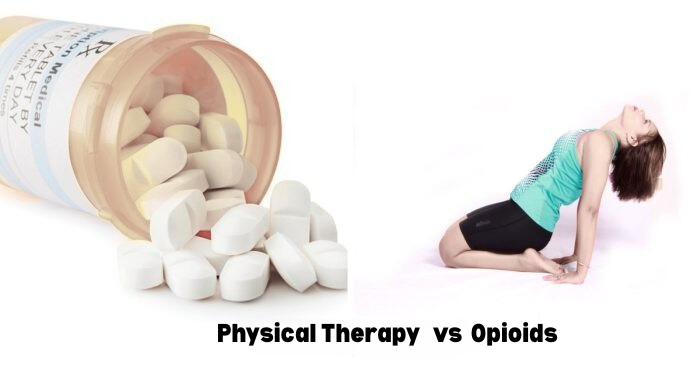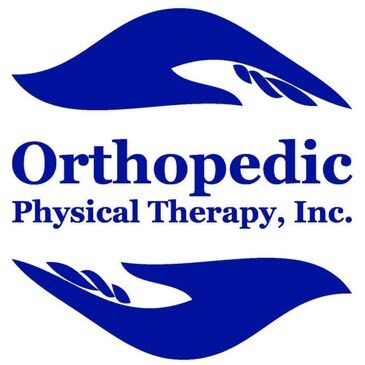Physical Therapy vs Opioids —When it comes to pain management, especially for conditions like chronic pain, back pain, arthritis, and injuries, choosing the right treatment is crucial. In today’s opioid crisis, patients and healthcare providers are increasingly turning to safer, more effective alternatives. One of the most effective and holistic solutions is physical therapy. At Orthopedic Physical Therapy, we believe in addressing the root cause of pain rather than masking it with temporary solutions.According to the Centers for Disease Control and Prevention (CDC), sales of prescription opioids have quadrupled in the United States, even though there has been no significant change in the amount of pain Americans report. It’s clear: managing pain should be about healing, not hiding.
Physical Therapy vs Opioids: Understanding the Core Differences
Opioids are medications that block pain signals to the brain, offering short-term relief—but with serious risks like addiction, dependence, and side effects. Physical therapy, on the other hand, addresses the root cause of pain through movement, strengthening, and manual techniques, offering long-term healing without harmful consequences. Understanding this fundamental difference helps you make smarter, safer healthcare decisions.
Here’s why choosing physical therapy vs opioids is a smarter, healthier decision.
1. The risks of opioid use outweigh the rewards.
Opioids may provide temporary pain relief, but they come with a long list of serious risks, including:
- Addiction and dependency
- Depression and anxiety
- Overdose
- Constipation, nausea, and fatigue
The CDC advises against using opioids as a first-line treatment for chronic pain. Instead, it recommends non-opioid options like physical therapy, especially for pain in the back, knees, hips, and fibromyalgia.
2. Treat the Root Cause, Not Just the Symptoms
Opioids mask pain by blocking pain signals to the brain, offering no real healing. In contrast, physical therapy works to:
- Address the underlying issue
- Restore mobility and function
- Reduce inflammation
- Strengthen supporting muscles
Our Chronic Pain Management and Back and Neck Pain programs are specifically designed to help patients overcome long-term pain and regain control of their bodies.
3. Ideal for Common Pain Conditions
If you’re suffering from:
- Low back pain
- Hip or knee osteoarthritis
- Fibromyalgia
- Myofascial pain
…then physical therapy is not just an alternative — it’s often the preferred method of care. The CDC confirms there’s strong evidence supporting the effectiveness of therapeutic exercise for these common conditions.
Learn more about our Fibromyalgia Relief and Myofascial Pain treatments.
4. Use Physical Therapy Alongside or Instead of Medication
In cases where opioids are prescribed, the CDC recommends using the lowest effective dose and combining it with non-opioid treatments. Physical therapy integrates well with other medical approaches and includes:
This comprehensive, personalized care model helps patients reduce their reliance on medications altogether.
5. Chronic Pain Lasting 90+ Days? Choose Physical Therapy First
If your pain persists for more than 90 days, it becomes chronic pain, which increases the risks associated with continued opioid use. Nearly 1 in 3 Americans experience chronic pain. For these individuals, the CDC recommends non-opioid treatments like physical therapy as the primary approach.
Don’t wait for the pain to worsen. Discover safe and long-lasting relief through our expert services, including:
Physical Therapy vs Opioids: Which One Treats the Cause, Not Just the Symptoms?
Opioids only mask pain temporarily. They don’t address the inflammation, weakness, or biomechanical issues causing your discomfort. Physical therapy works by identifying and correcting the source of pain through targeted exercises, posture correction, and hands-on techniques. It’s a restorative solution that leads to actual healing—not just momentary relief.

Physical Therapy vs Opioids: A Personalized Healing Experience
Every patient’s condition and pain tolerance is unique. Physical therapists design personalized treatment plans based on your goals, limitations, and diagnosis. Opioids take a one-size-fits-all approach, often ignoring the deeper physical and emotional needs of a person in pain. That’s why physical therapy offers a more human, customized path to healing.
Choose a Safer Path to Pain Relief
Physical therapy offers a sustainable, safe, and science-backed approach to managing and healing pain. Rather than temporarily masking symptoms, physical therapists design personalized treatment plans that empower patients to heal, regain mobility, and live pain-free.
Ready to get started? Contact us today or explore our services to find the right treatment for you.
Your healing starts with one step – and that step is not opioids. It’s physical therapy.
“Physical Therapy vs Opioids: When to Choose Physical Therapy for Pain Management.” American Physical Therapy Association. N.p., 15 June 2016. Web. 10 Feb. 2017.



